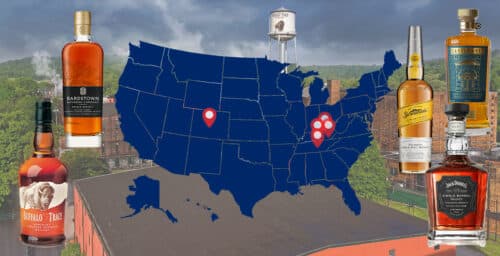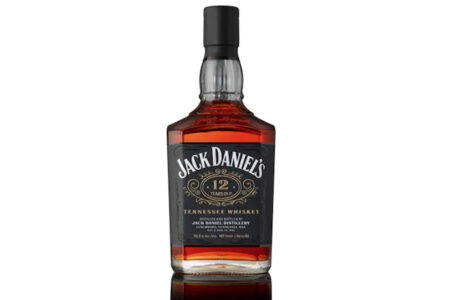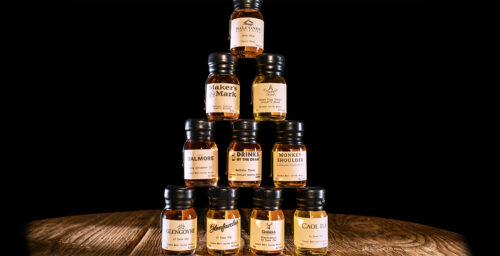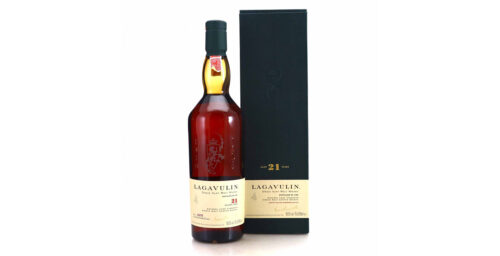It’s an unwritten assumption that when guests come to my home for dinner, the whiskey bottles will come out of the cabinet—sometimes pre-meal, sometimes mid-meal, sometimes during dessert. It could happen anytime.
Since some of my friends are new to bourbon drinking, it’s become a blast to get out the Glencairns, pour small tastes, and hear their reactions. Dinners that should have ended at 10 p.m. are now lasting well past that as guests linger, sample, and compare spirits in a completely informal setting. Perhaps just as fun is to go to their houses and find bottles on their shelves that mirror those drawn out for those impromptu tastings. It proves they’re learning and exploring.
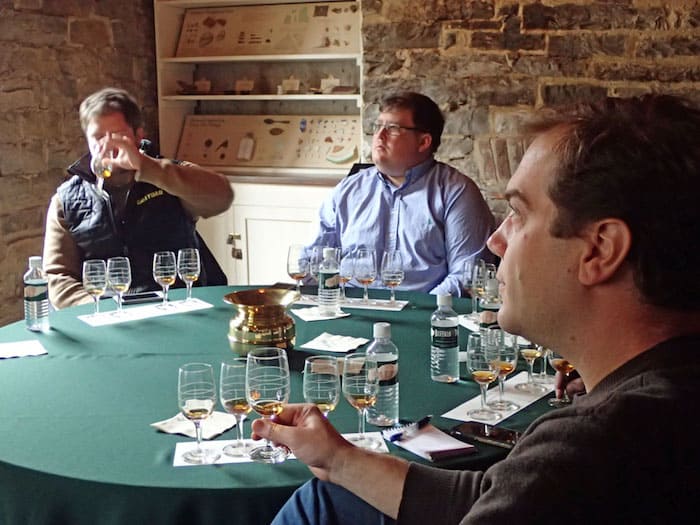
Often the talk at these dinners moves to more structured tastings media hacks like me get to enjoy, and usually someone suggests we do our own. To date, no one’s stepped up to deliver on those boozy intentions, but given that I’ve led some professional tastings, I sense the duty will fall to me.
If you and your whiskey-drinking pals have considered doing the same—but don’t know how—here are some simple steps to follow for creating your own.
Good eats: Unless I’m doing a specific food and bourbon pairing, such as this one I wrote about bourbon and country ham, I’d suggest you serve a sturdy appetizer or two before the tasting in order to slow your guests’ absorption of alcohol. Steer clear of garlicky or spicy treats, as well as pungent cheeses that dominate the palate.
Be mysterious: There are two ways to collect the bourbon for the tasting: The costly and generous way is to host the party and spring for the bourbon yourself. The less costly and more interactive way is to invite guests to bring a bottle of their own in a brown paper bag. I’ll work from this solution here.
Going blind: I’m all for blind tastings since not knowing each whiskey’s name eliminates memories of previous sips and any prejudices toward particular brands. When guests arrive with their booze secreted in paper sacks, use a marker to number each sack—out of sight of course. Each number will correspond to the bourbon sample on your tasting mat.
Mat it out: A tasting mat is essential to a blind tasting. Go super simple and draw circles marking the spot for each glass, and within each circle write the number of the corresponding bourbon. High tech, right? But since there are hundreds of tasting mat templates on the on the ‘net, you can find a prettier one there and customize it to your own uses. Just search “sample whiskey tasting mats” and you’ll discover hundreds of options.
Glassware: Glencairn glasses are not only elegant, but they’re ideal for nosing and sipping bourbon. They’re also expensive, especially when you need two or three dozen vessels for even a small tasting. So just buy a sleeve of clear plastic 2-3 oz. cups. This isn’t a professional contest, so they’ll more than do the trick and save you the tedium of handwashing a case of Glencairns.
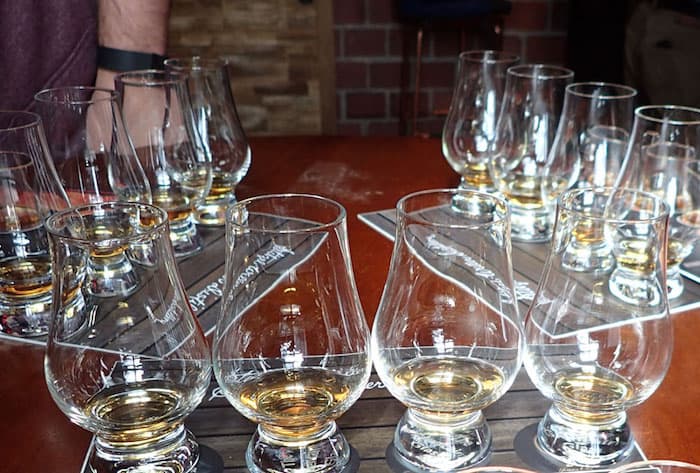
Bourbon choices: There are two basic types of bourbon: those using wheat as the flavor grain and those using rye. While there’s no sin at all in using both types in a tasting, I personally like to stick to one flavor grain because it allows me to focus on the tiny differences between each brand’s use of that specific grain.
Advise your guests bring bottles within a set cost range. That way no one feels cheated if someone goes cheap.
* Amp up the fun: In blind tastings like these, I strongly recommend a guest or the host buy an inexpensive bottle just to see if someone likes it better than the pricier picks. Many a tame tasting has become interesting when a real bargain surprises tasters.
How many should you choose? Three to five is fine. You’re only going to pour ½-ounce samples, which adds up to 1 ½ to 2 ½ ounces, the same quantity of spirits found in a regular to strong cocktail.
And what about proof? If your friends like bourbon, I’d not worry about proof. It might not be a bad idea to say, “No. 3 is pretty high proof, so sniff gently,” but beyond that, they’ll figure it out.
Secret pourer: Since you’re leading the tasting, only you should know which bourbons correspond with each number on the tasting mat. An easy way to do this is to go to another room, pour the samples into cups and arrange them on a sheet pan covered with a dish towel. A sheet pan provides more room than a cocktail tray, and the towel keeps the cups from sliding around. The sheet pan is also easy to carry, inelegant as it is. But who cares when you’re among friends?
Cover up: If your schedule required you pour the bourbon so far ahead of time that you needed to cover the samples to arrest evaporation, use playing cards. And when guests remove their cards—one at a time is best—whoever has the best five-card hand wins his pick of one of the bottles entered into the tasting.
Water works: Even with small samples like these, a couple of drops of water can make a huge difference in aroma and flavor. Real whiskey wonks have eye dropper bottles containing mineral or filtered water; they are the handiest for administering exact amounts. But instructing guests to extract a couple of drops using a teaspoon dipped into their own water glass will do the trick.
Tasting notes: This is a blind tasting, so there’s no sense in providing tasting notes ahead of time. However, having a bourbon flavor wheel handy to help drinkers identify some more obscure flavors and aromas is a great idea.
Talk it up: Encourage conversation by asking guests what flavors they’re getting. Give them permission to be as silly and obscure as they like; such remarks can be highly insightful, though sometimes nutty. As the tasting progresses, participants will become better at identifying flavors and aromas, not to mention less shy about sharing their discoveries.
The big reveal: Wait until every bourbon has been tasted before you reveal their labels. Extending the mystery heightens the fun. And when you do, prepare for lots of, “No way! I never liked that bourbon before and it was my favorite of the tasting” remarks.
Your goal is expose your guests to new flavors and brands while boosting their curiosity about bourbon. In an informal setting, it’s not about recognizing obscure flavors and aromas, it’s about learning—and reaffirming, really—why participants like what they do.





